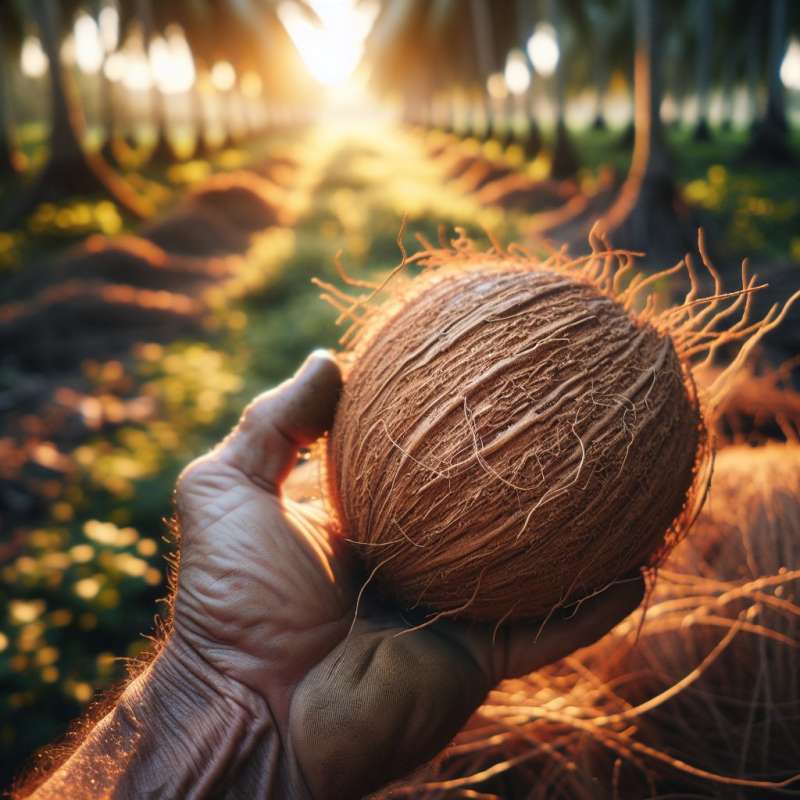
Coconut Water Mystery
Ever wondered how coconuts hold water? This unique ability is due to the coconut's development process and the structure of its husk. Let's dive into the secrets behind this tropical drupe's hydration.
Coconut Growth Process
Coconuts grow on palm trees, starting as small flowers. They require approximately a year to mature, during which they develop a hard shell, husk, and inner kernel from which water is retained.
The Husk's Role
The husk comprises fibers and a pithy, cork-like substance. It acts as a sponge, drawing up moisture from the environment, which later condenses into water inside the coconut.
Inner Shell Lining
The coconut's inner shell has a lining called the endocarp. This impermeable layer keeps the water inside the coconut, preventing it from seeping out and protecting it from contaminants.
Water Formation Explained
Coconut water is initially a suspension for the endosperm, the food reserve for the seed. As the coconut matures, this nutritive tissue converts into the coconut meat, and the liquid remains trapped as coconut water.
Nutritional Value
Surprisingly, coconut water is rich in nutrients, containing vitamins, minerals, and electrolytes. It's considered a natural isotonic drink, replenishing body fluids effectively.
Seed Dispersion Mechanism
Coconuts can float on water due to their sturdy husk. This characteristic allows them to disperse across oceans, reaching new destinations where they can germinate and grow.Coconut’s Explosive Secret
During WWII, coconut water was used as an emergency blood plasma substitute due to its sterile, isotonic nature.
What retains water inside coconuts?
Husk's sponge-like action
Endocarp's impermeable lining
Coconut meat's absorption
Company